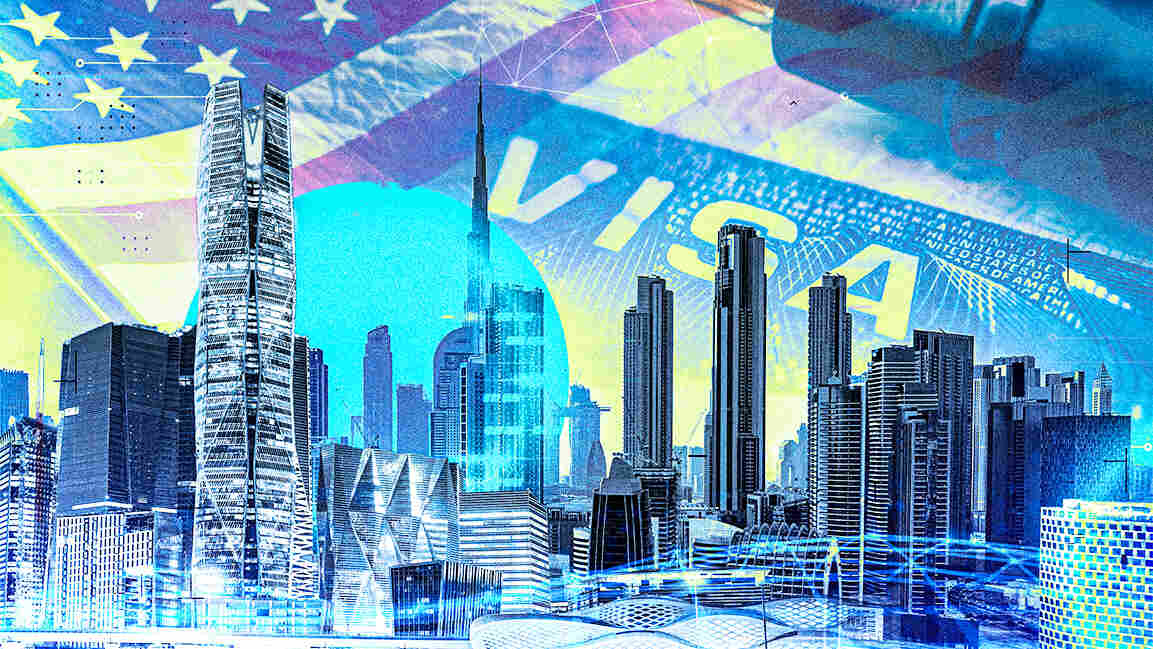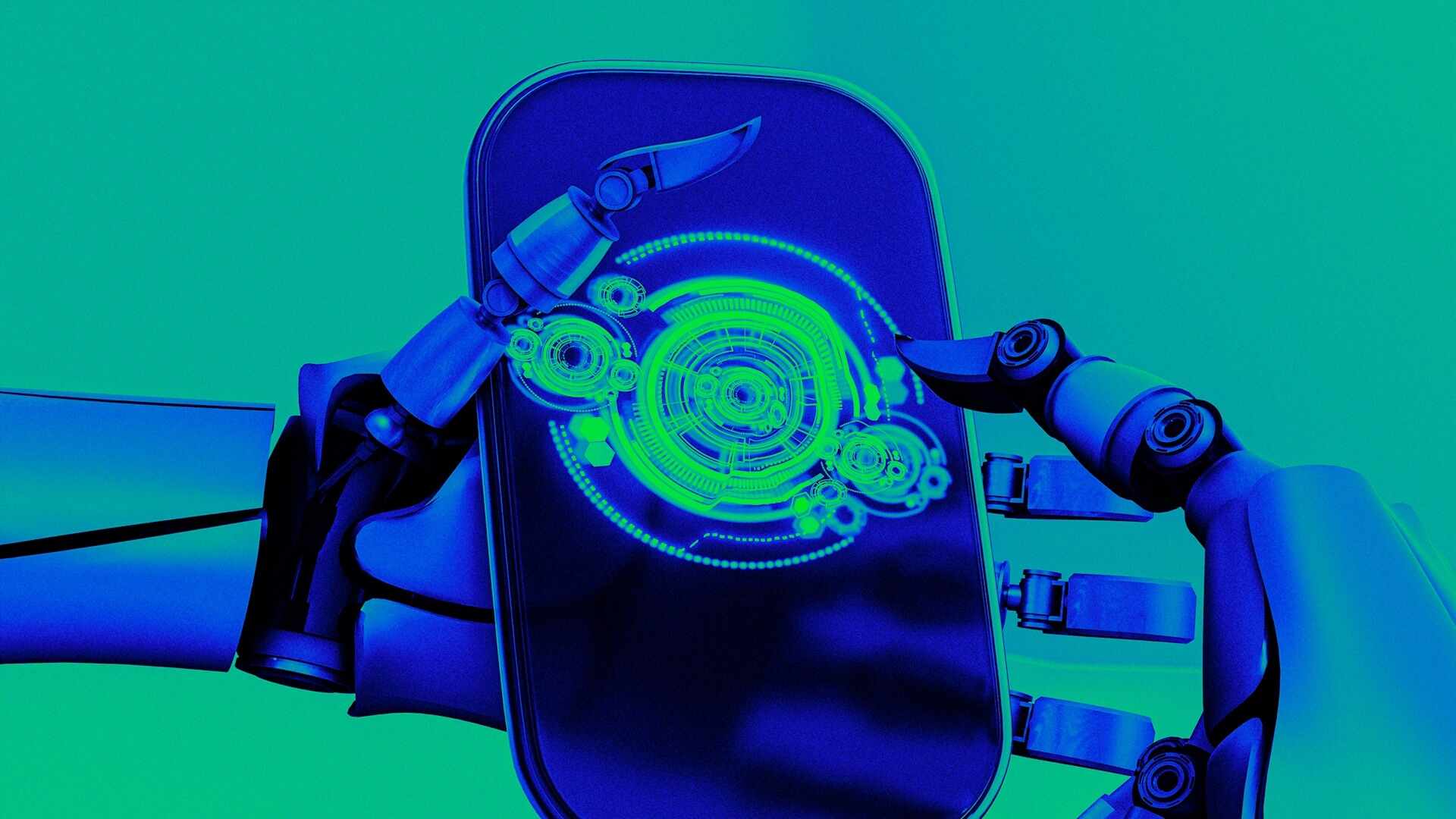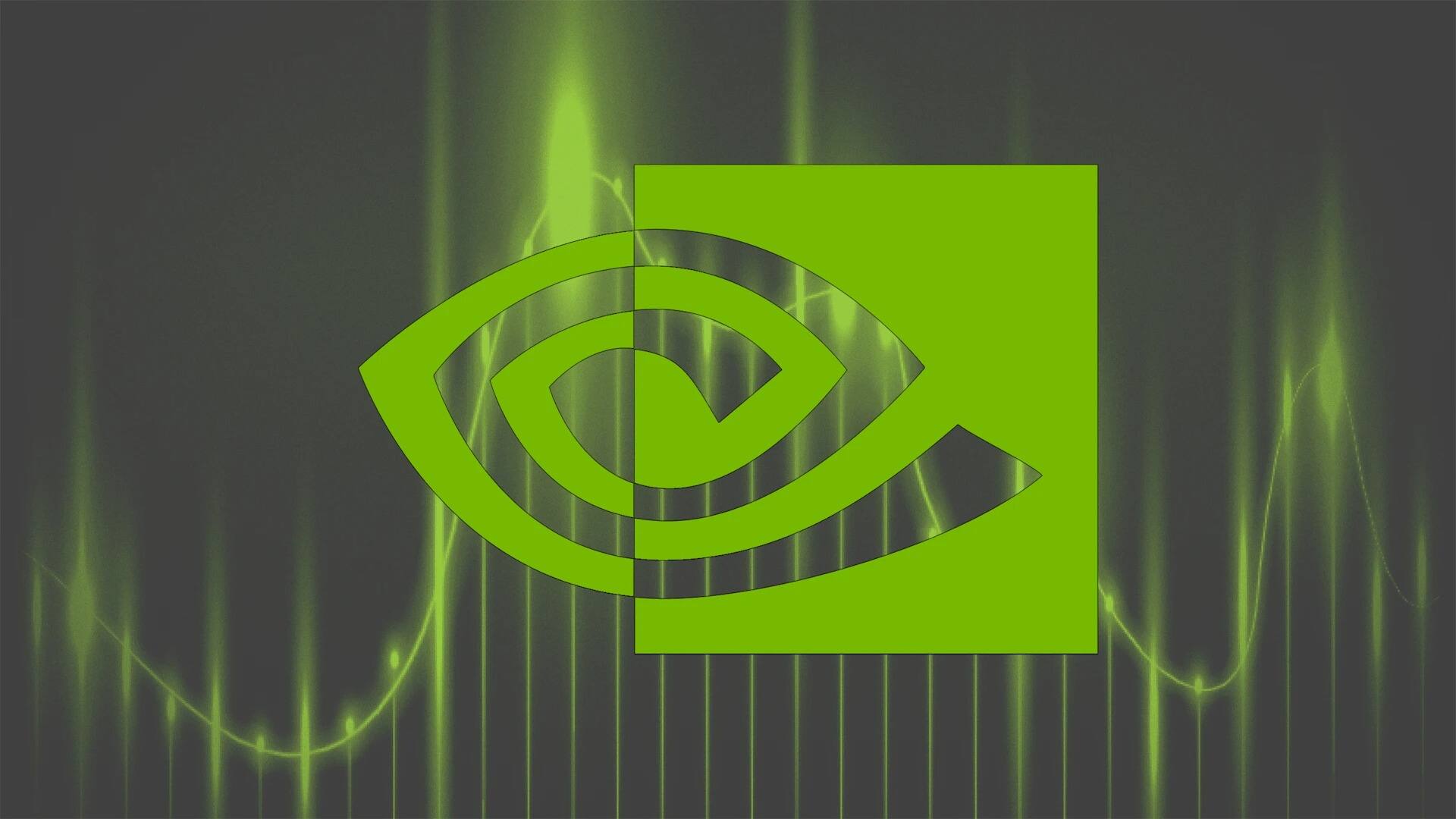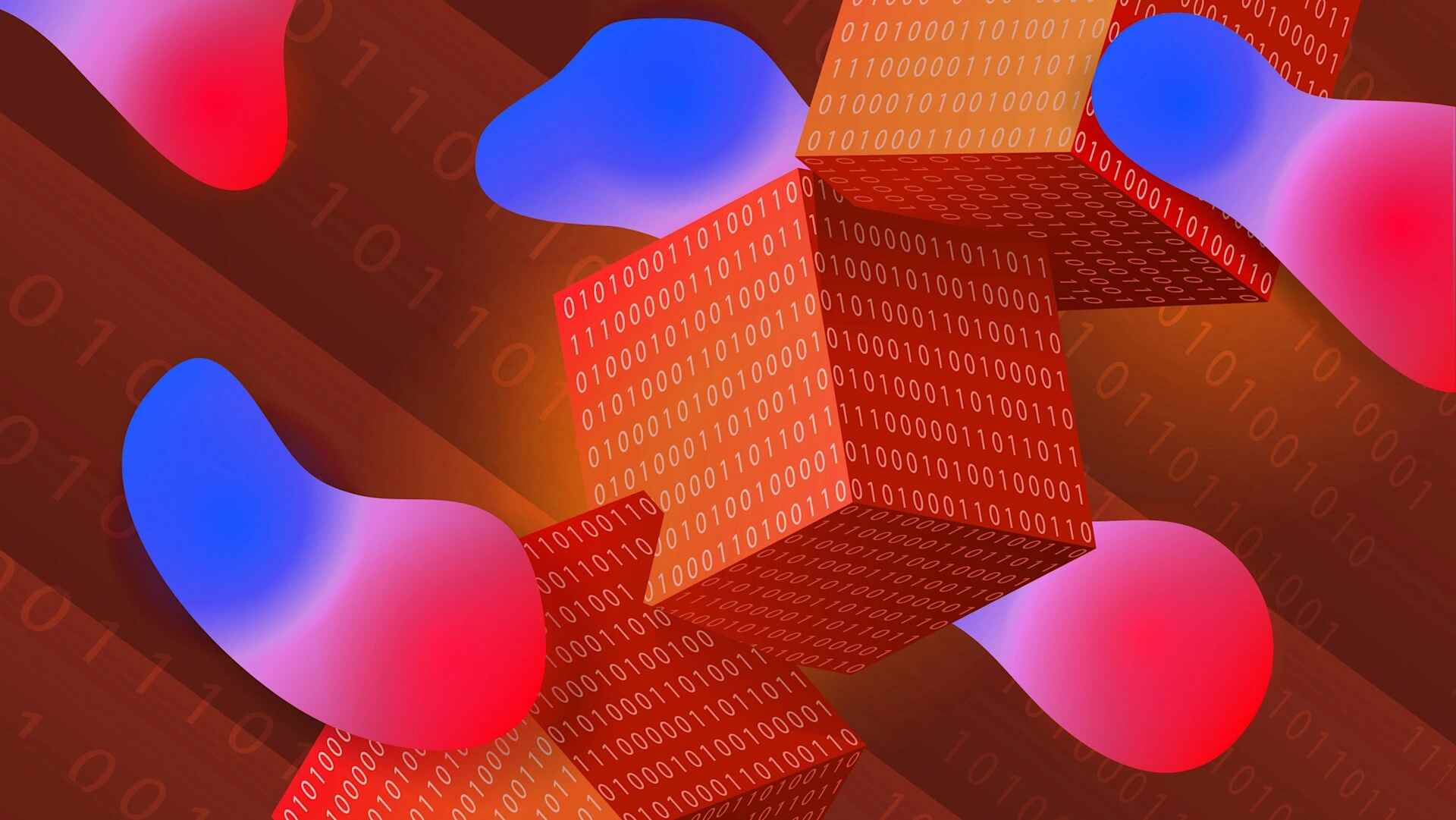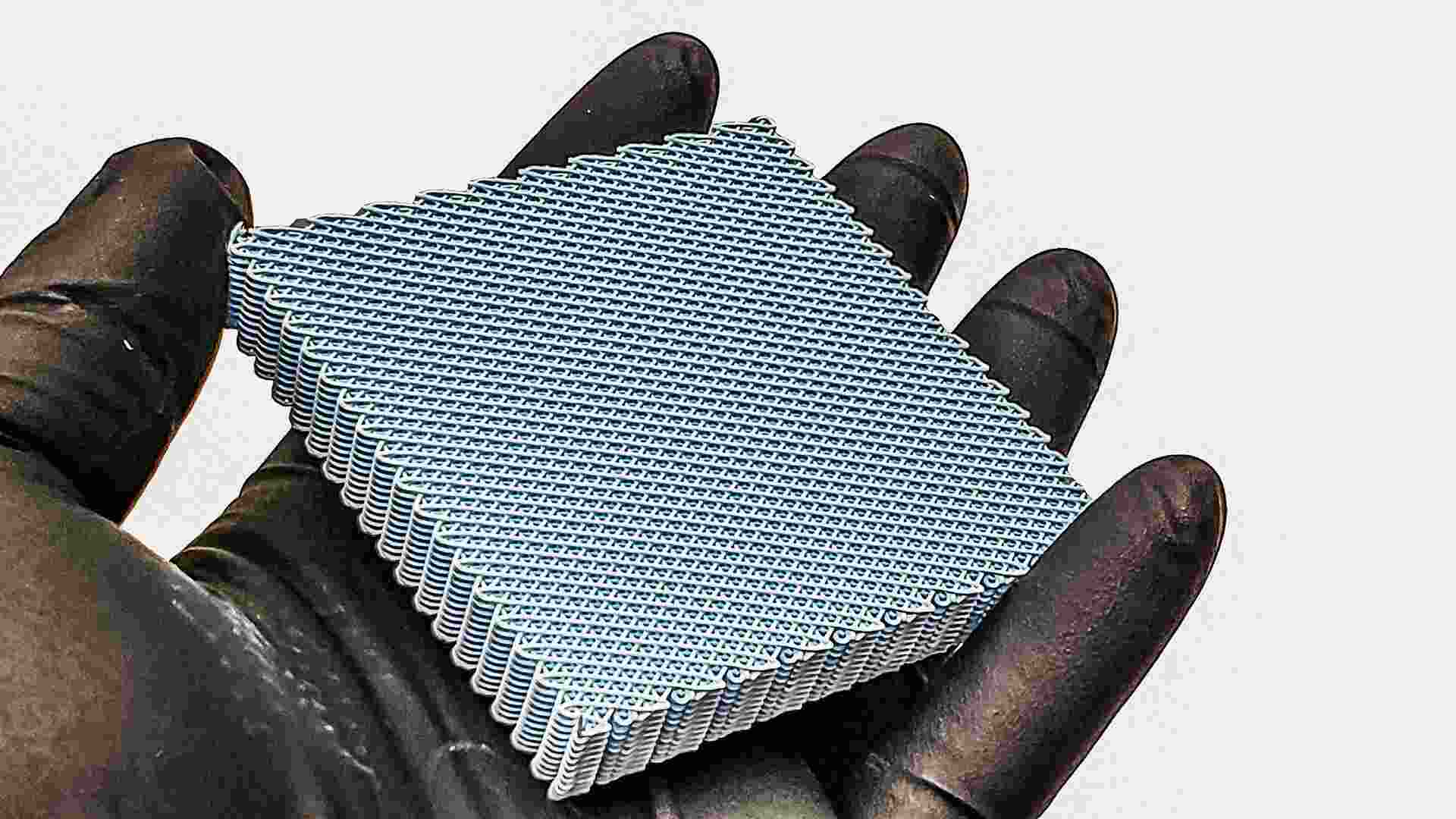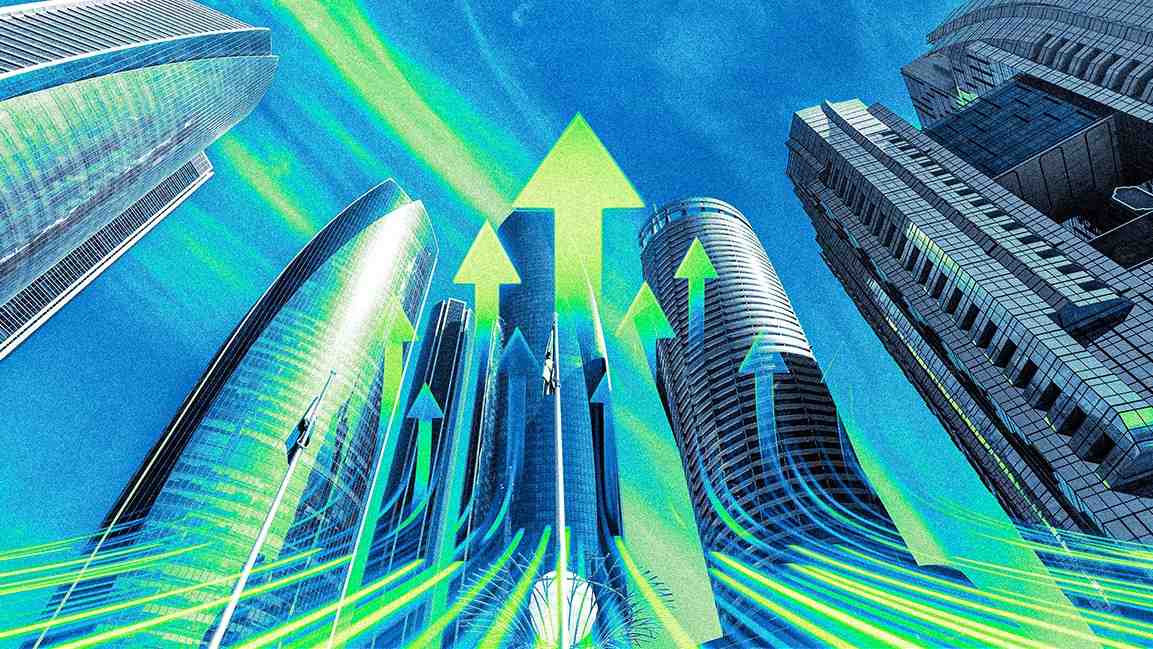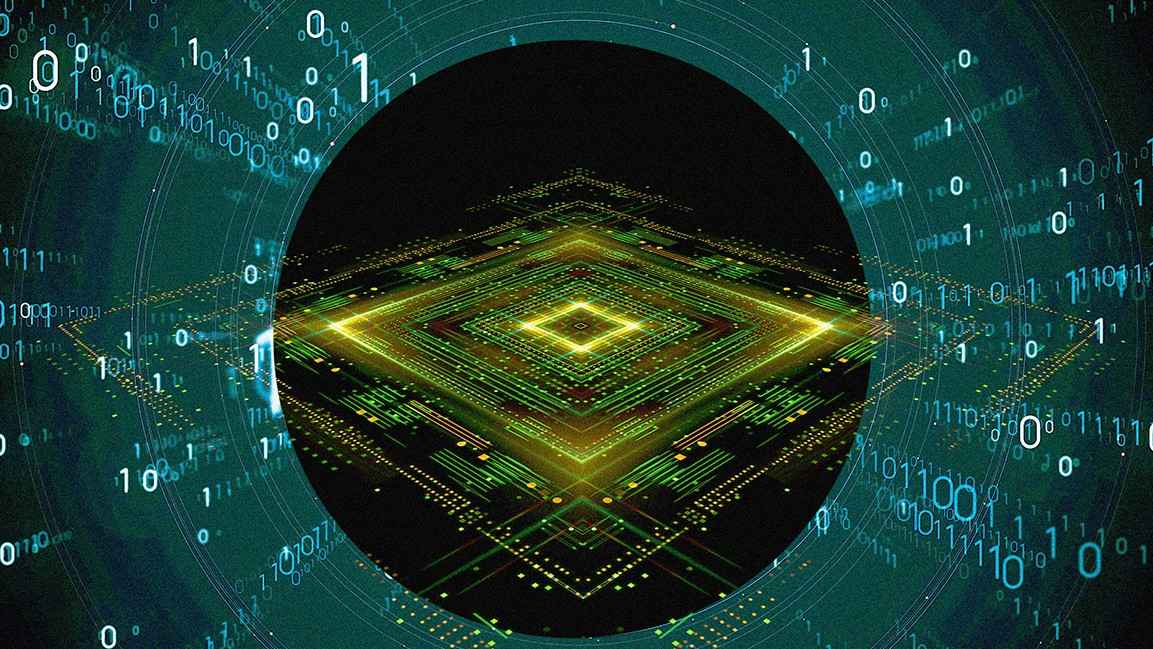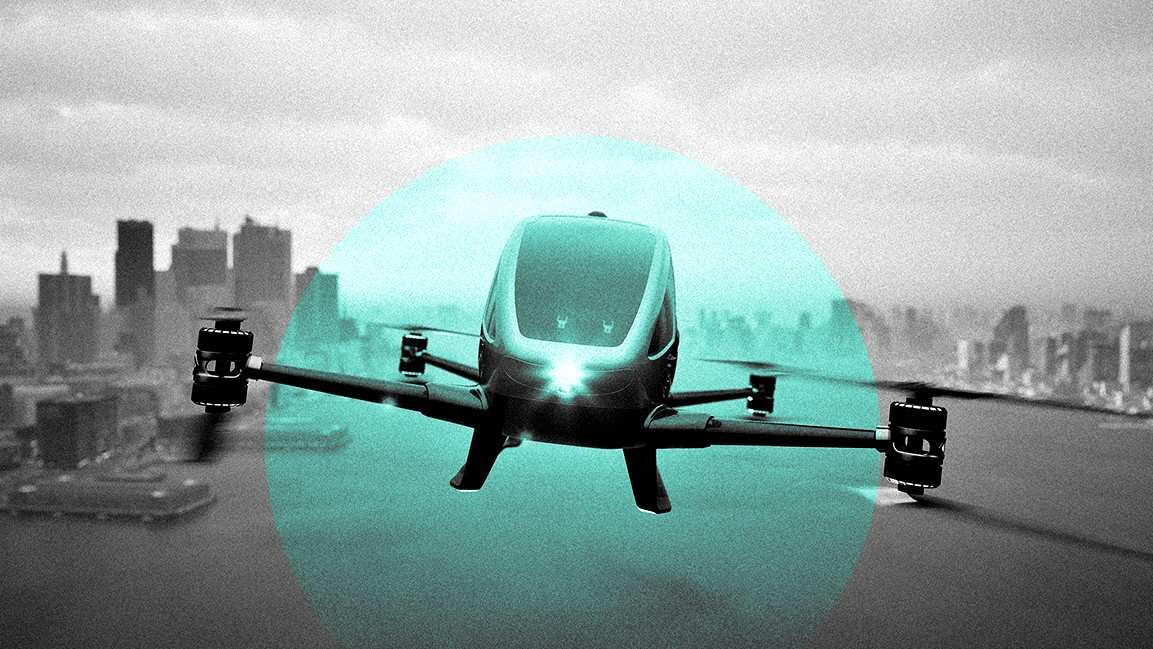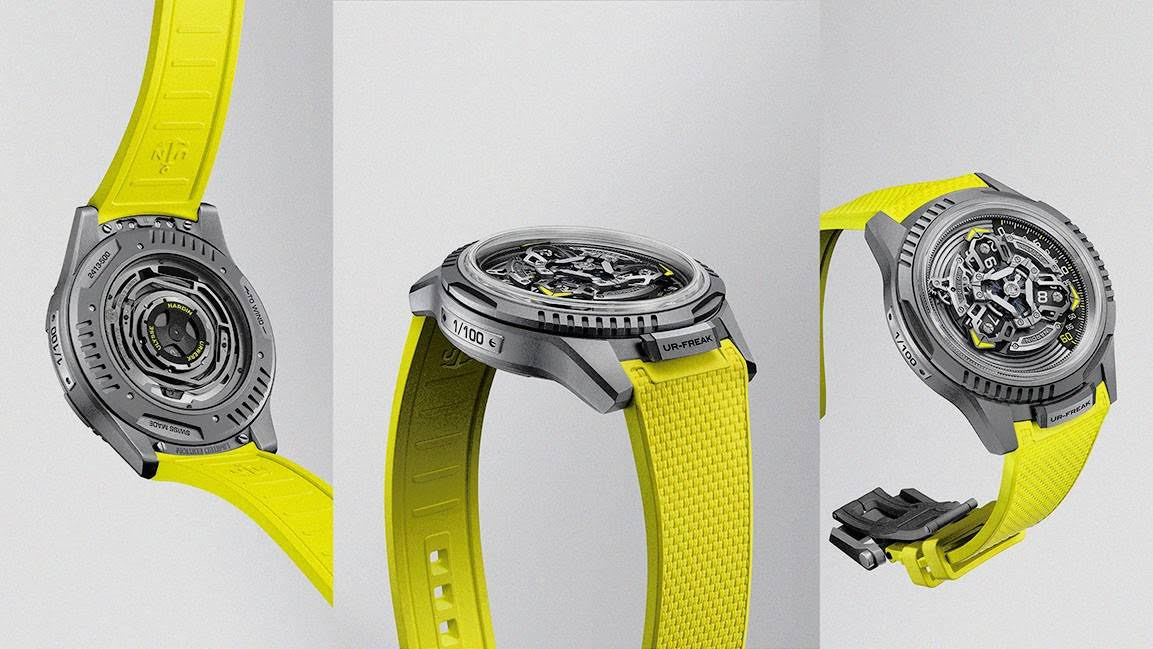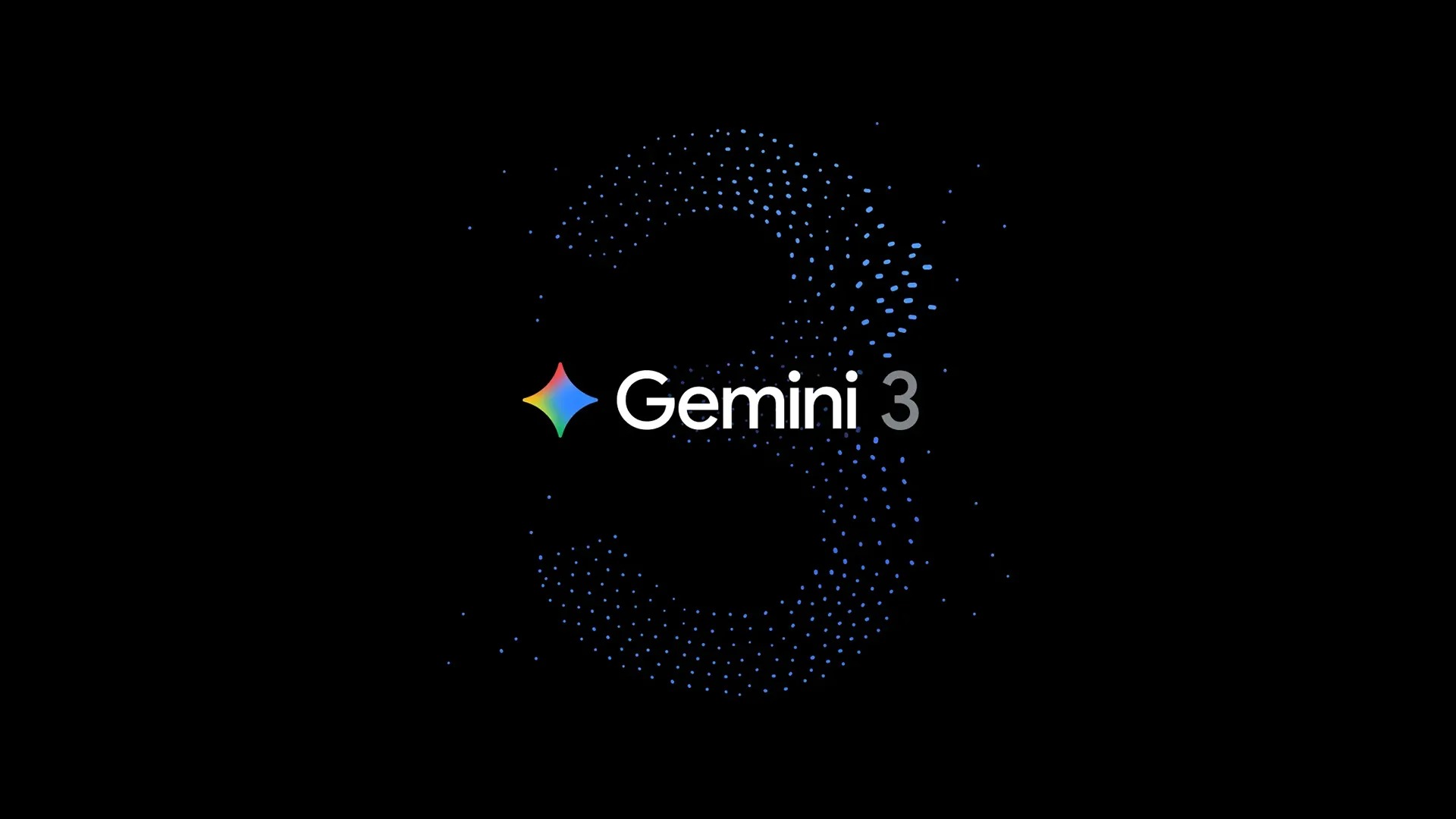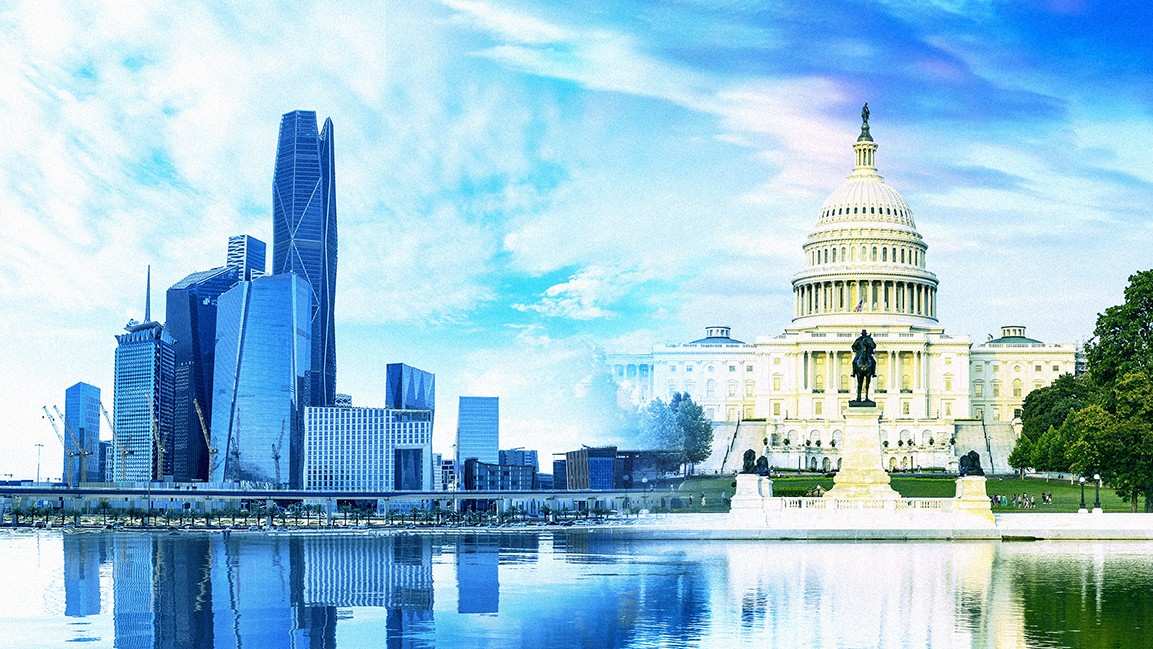- | 12:00 pm
Dubai unveils global system to define human and AI roles in content creation
The system uses five icons to reflect levels of machine involvement: All Human, Human Led, Machine Assisted, Machine Led, and All Machine.
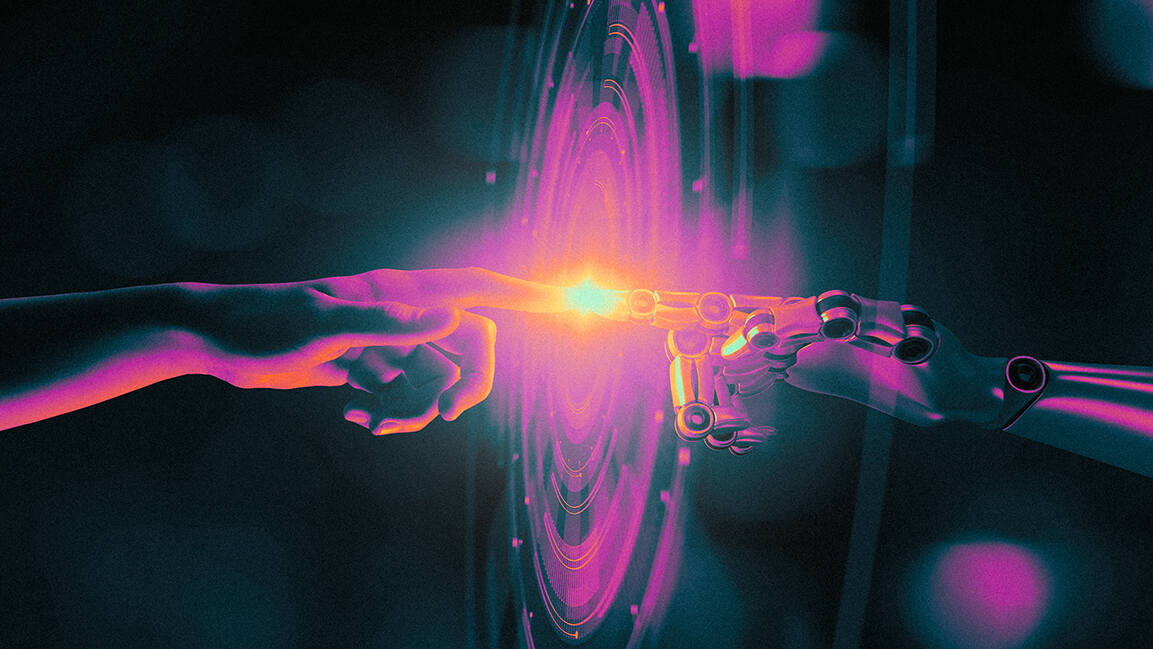
Dubai is set to launch a pioneering global classification system designed to clearly define the respective roles of humans and intelligent machines in the creation, research, and dissemination of scientific, academic, and creative content.
Developed by the Dubai Future Foundation, the Human–Machine Collaboration (HMC) classification system aims to bring greater transparency to an increasingly automated content landscape.
The system introduces five main icons that visually represent the extent of machine involvement across various fields, including research, design, publishing, and other knowledge-based sectors.
The classifications range from “All Human,” indicating content created entirely without machine assistance, to “Human-Led,” where a human is the primary creator, supported by machines for refinement or accuracy.
“Machine-Assisted” denotes a balanced collaboration between humans and machines, while “Machine-Led” refers to content primarily generated by machines, with humans involved for quality assurance. At the highest level of automation, “All Machine” signifies content produced entirely by machines, with no human input.
In addition, nine functional icons indicate the specific stages of collaboration, ranging from ideation and data analysis to translation, visual content, and design.
The initiative, which will be implemented across all Dubai Government entities, comes amid the growing use of generative AI, automation tools, and robotics in content creation.
Sheikh Hamdan bin Mohammed bin Rashid Al Maktoum, Crown Prince of Dubai, Deputy Prime Minister, Minister of Defence, and Chairman of the Board of Trustees of the Dubai Future Foundation, said, “Distinguishing between human creativity and artificial intelligence has become a real challenge in light of today’s rapid technological advances.”
“This calls for a new approach to recognise the growing role of intelligent machines. That’s why we launched the world’s first Human–Machine Collaboration Icons, a classification system that brings transparency to how research documents, publications, and content are created,” he added, inviting global content creators to adopt the system responsibly.
The HMC system adopts a broad definition of intelligent machines, encompassing a wide range of digital technologies, including algorithms, generative AI models, robotics, and other automated tools used in content creation.
While the system does not measure the exact extent of machine contribution, it provides a flexible and adaptable framework to promote transparent disclosure. The classification is designed to be applied across various content types and sectors, including written, visual, and multimedia formats.












